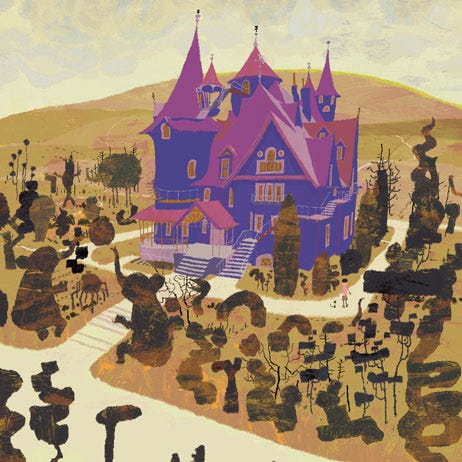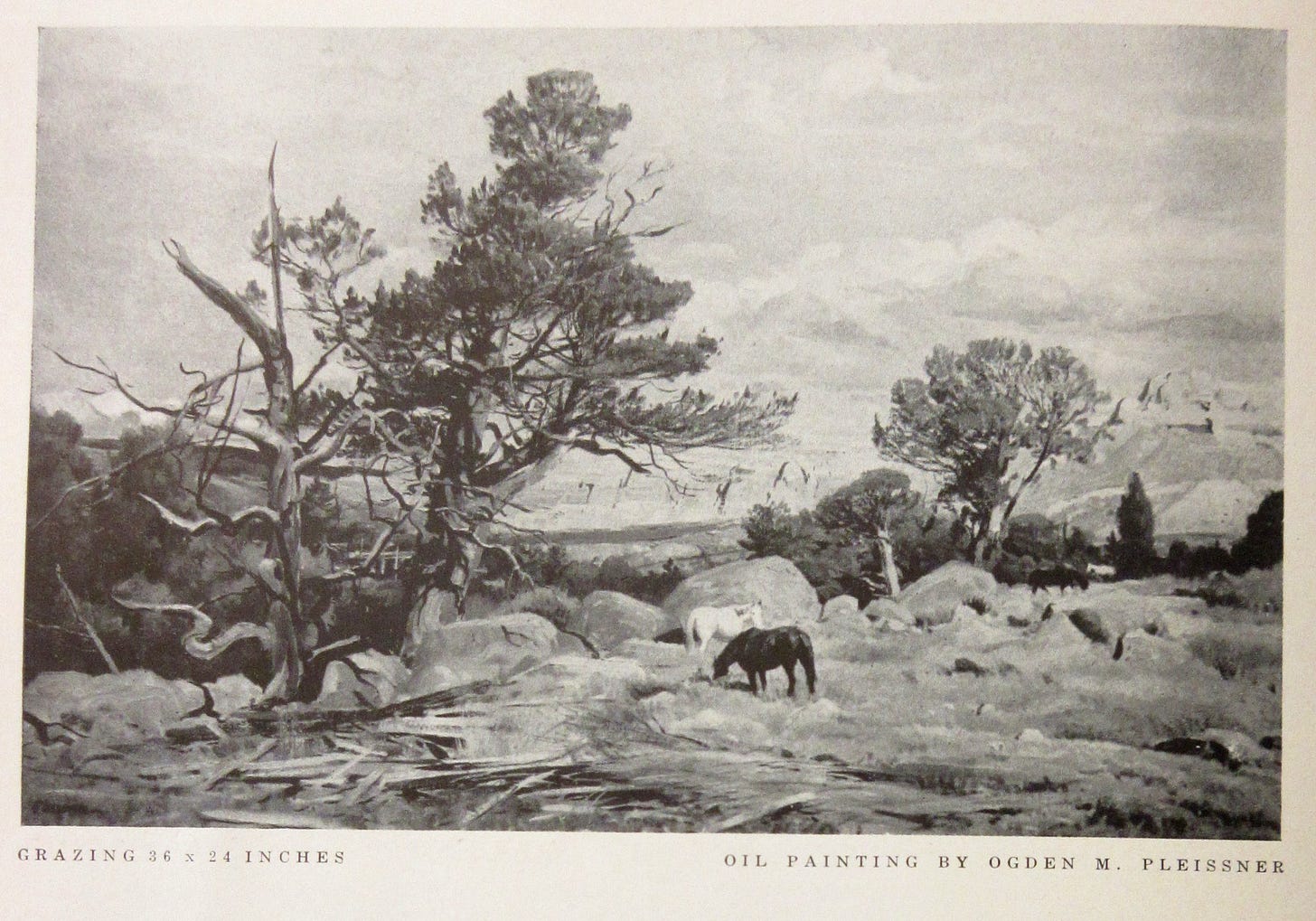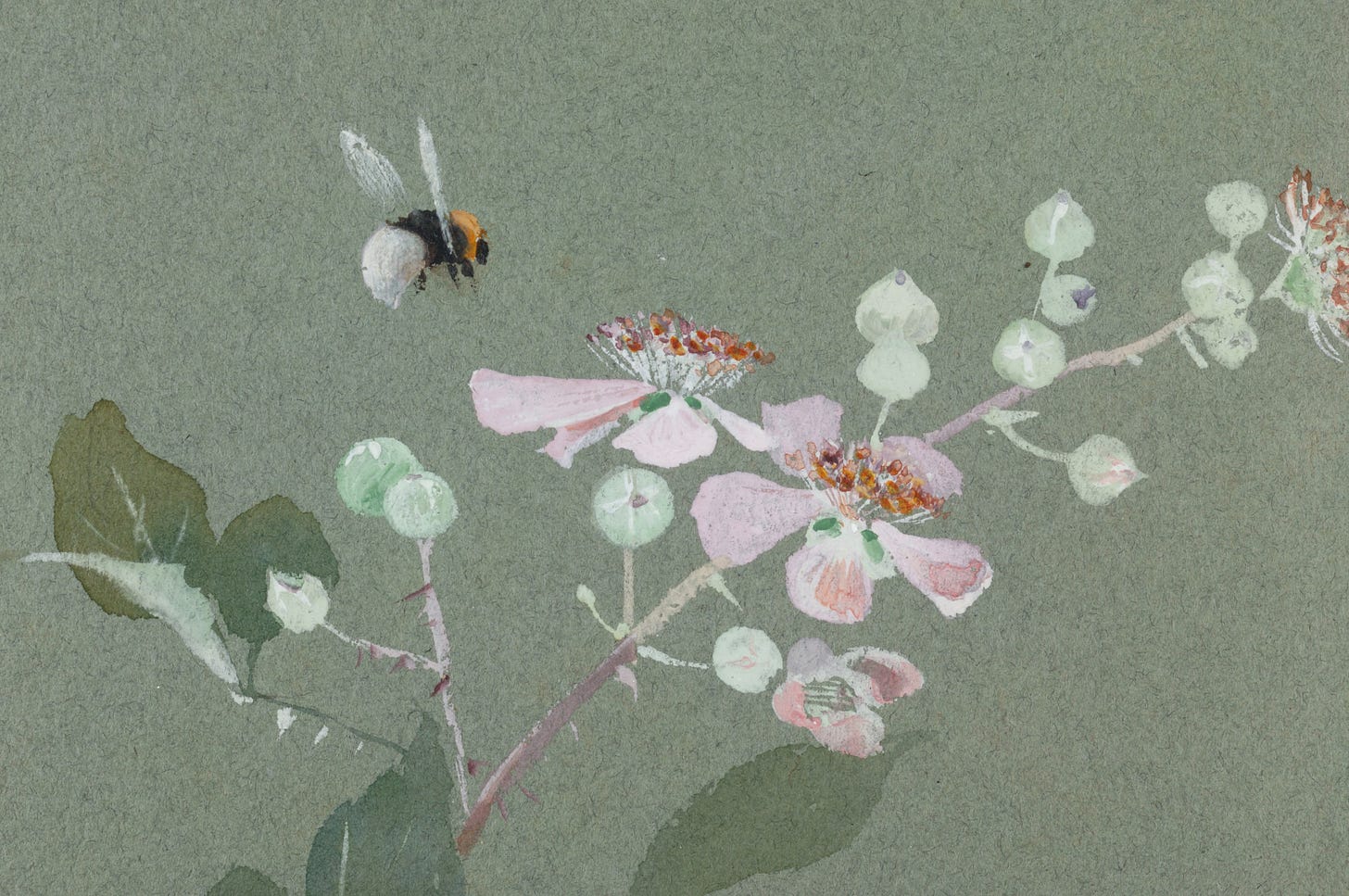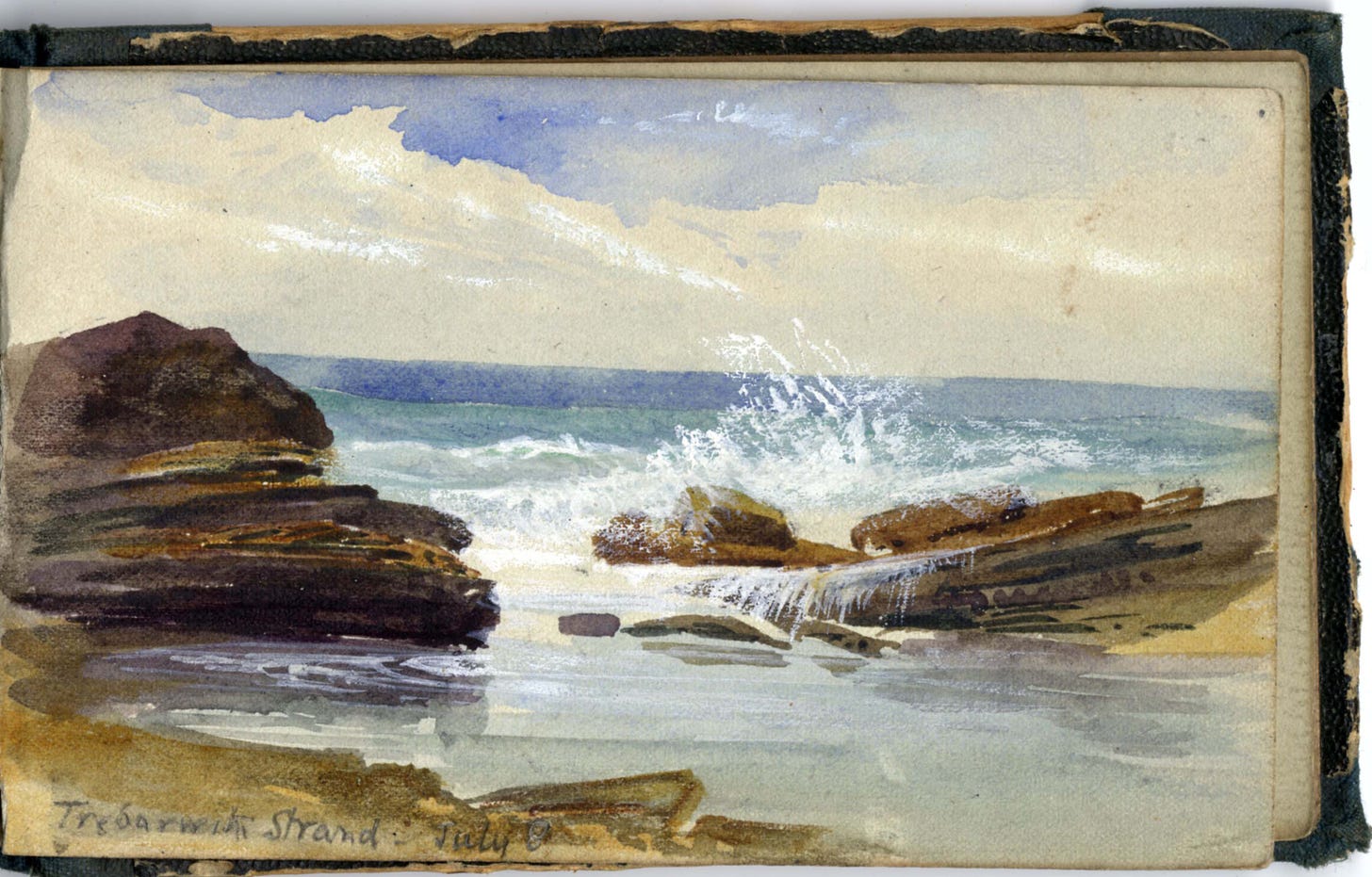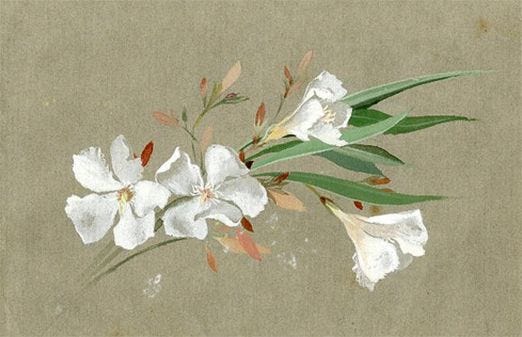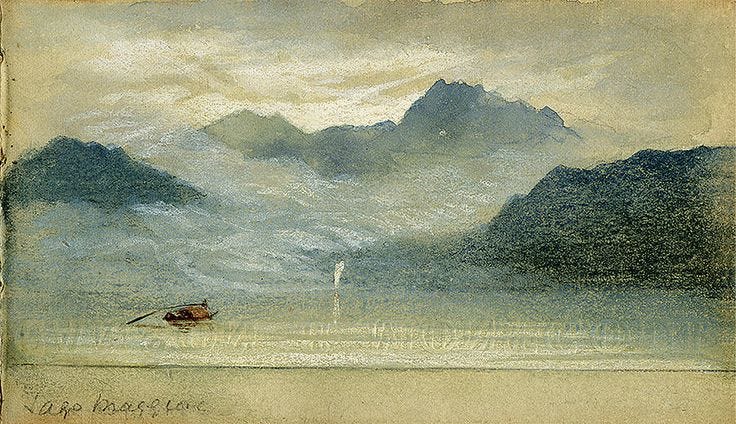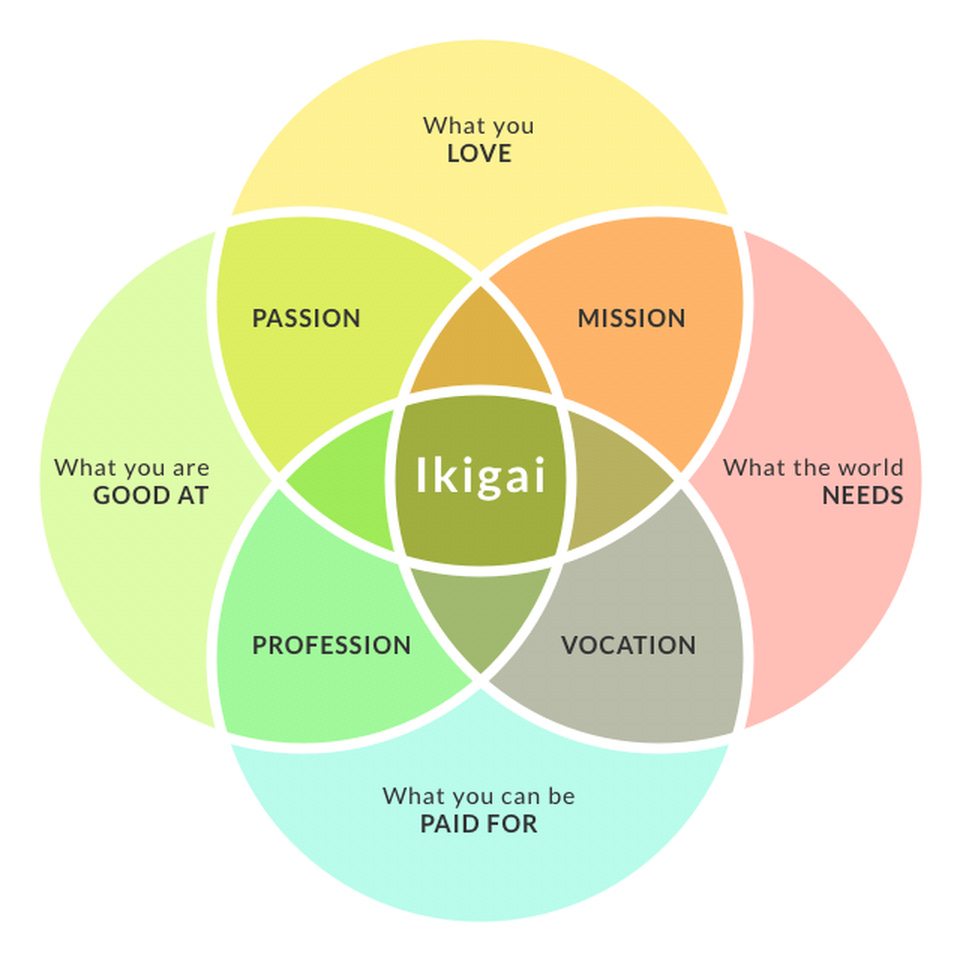All of the films by Laika Animation have "Art of" books available, including Paranorman, Boxtrolls, and Kubo. But their first film, Coraline, doesn't.
Much of the concept art had been shared online, but it wasn't organized, and hard to find. So a group of fans gathered up everything they could find, and created an unofficial digital book in PDF form and put it online.
But after the book had been available for a while, they started receiving takedown notices from Laika. They weren't making any money from it, just honoring the artists' work. They wrote to the management of Laika, who found out that the takedown letters were coming from their legal department.
Fortunately Laika reversed their position and allowed the book again. For now, you can view the book. (It’s a big file and takes a while to download.)
With the rise of streaming services and digital publishing, physical media like DVDs, books, and records are becoming less common. At the same time, copyright terms have been extended, leaving large numbers of films, books, and songs unavailable to republication. How do these shifts threaten the public domain and endanger the preservation and transmission of cultural memory?
What will happen to the archives of American Artist?
American Artist Magazine began in the late 1937 as Art Instruction Magazine, founded by the two architectural draughtsmen Ernest Watson and Arthur Guptill, who also founded Watson-Guptill, the book publishing company. Their founding mission was practical, didactic, and businesslike.
The first decades of the magazine spotlighted both easel painters and illustrators.
Mr. Watson went on such a flurry of visits to illustrators that he was able to assemble them into a book called Forty Illustrators and How They Work. During the decades of the 1970's and '80s, as the realist revival gained steam, American Artist was the most vocal champion.
American Artist helped popularize Andrew Wyeth, Robert Vickrey, Tom Nicholas, Richard Schmid, and even Frank Frazetta, who had a cover feature in 1976. For many artists, an article or a cover feature cemented their reputation.
American Artist Magazine lasted until 2012, when its publications were sold to an LLC and folded The Artist's Magazine under the corporate banner of Golden Peak Media. What will happen to the publishing legacy of American Artist from 1937-2012? It’s still protected by copyright, but it’s not available anywhere online.
Golden Peak Media is the corporate entity that owns all those rights. Anne Hevener, the editor of Artist’s Magazine, told me that Golden Peak Media don’t have any of the articles (text, images, or layouts) in digital form, so they can only share sub-par photos of the material, page by page.
Unfortunately it takes a lot of staff time to digitize all that content, and there has to be a path to monetization to make it worthwhile economically, They tried sharing some of these retroactive looks through older content, but “unfortunately, the content did not get a lot of traction. So, we didn’t keep it up.”
Will digital films be preserved forever? This article is continued on my Substack






